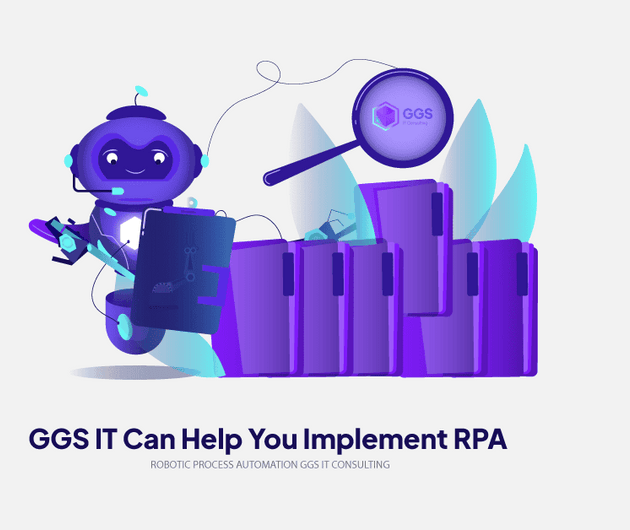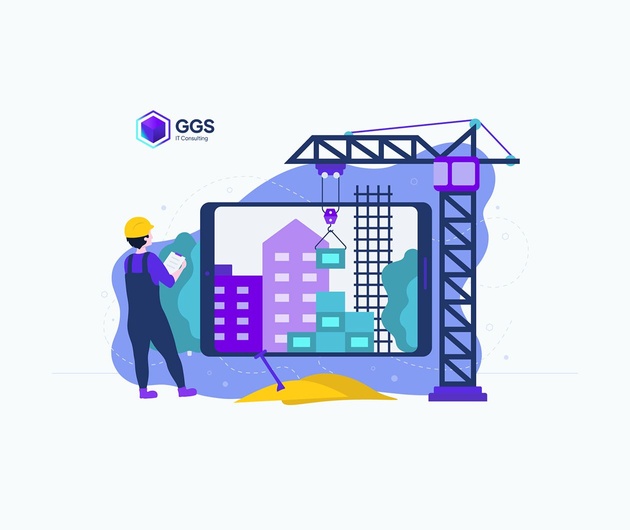
Guide to Total Compensation. All you need to know about the process and how IT fits in.
ProcessUnderstand how to structure, automate, and improve your salary review process—from comp tree logic to TRS delivery—with real-life insights.
Understand how to structure, automate, and improve your salary review process—from comp tree logic to TRS delivery—with real-life insights.
Zastanawiasz się, czym jest RPA i jak może pomóc Twojej firmie? Sprawdź, co musisz wiedzieć, zanim wdrożysz robotyzację procesów.
Sales Performance Management from implementation perspective: what's important for the Clients and how the SPM systems stand against the needs.
Cost reduction and optimization of the delivery time of business support software.
Construction firms can save time and money by automating back-office processes. Discover where RPA and workflows deliver the most value.
Finance teams are drowning in data. Discover how RPA streamlines accounting, reduces errors, and frees time for real financial insight.





